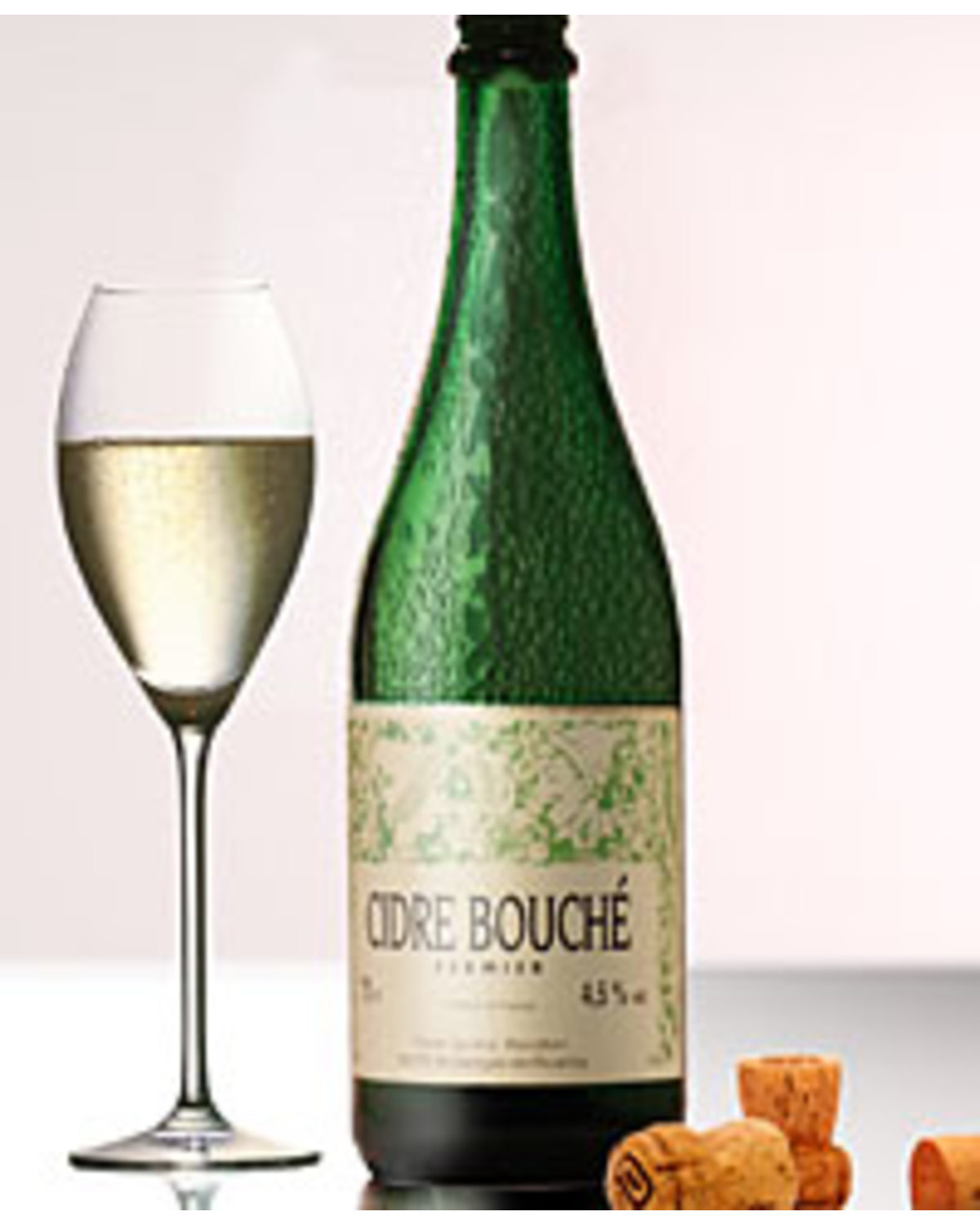
Victor Gontier Fermier Cidre Bouche (Apple Cider 750ml)
The Australian market for cider is dominated by two brands, both owned and produced by the one brewery. Given the commercial, mass produced nature of these 'big two' it's easy to underestimate cider and write it off as 'innocuous swill.' All that is changing as quality European examples are beginning to reach our shores. Few realise what a wonderful history cider has had in many European cultures. Texts mention events such as Louis XI's ban on the production of beer, in order to use the barley to ease a famine stricken population. Farmers subsequently looked for alternative palliatives, and so a passion for cider was born. The Normans popularised cider after their conquest of England in 1066, and Spaniard Guillaume Dusus brought new apple varieties to Normandy in the 16th Century. With him, improvements in fermentation techniques lead to better quality cider. Later, in an effort to curb the dominance of imported brandy, cider was distilled, transforming into the divine spirit we know as Calvados! (Apple Brandy).
A curious, distinctive offering from Saint Georges de Roulley, Victor Gontier cider is the most distinctive in our collection. Enthusiasts describe it as 'rustic', tasters are divided. Some liken the 'rustic' characters to the mould that makes blue cheese distinctive, others are offended by the unusual array of smells and flavours on offer, often needing prompt palate resuscitation (thankfully there's always something at hand!) Rustic or offensive, be warned this is not a cider for everybody. The Normans and Bretons, however, adore the 'authenticity' of this farmhouse style. Prior to industrialisation, cider was produced by pressing apples and/or pears into oak casks, and left in barns to ferment by means of indigenous yeasts - possibly explaining some of the 'farmyard' characteristics displayed in this cider.
Food matches: Norman gastronomes have long known cider works brilliantly with a surprising variety of dishes. Consider the classic match of roast pork with crackling and apple sauce, braised pork or rabbit deglazed with cider or roast duck served with red cabbage and apples. Goats cheeses, especially chevre styles work particularly well with cider (a great Australian example is Holy Goat, not easy to find, but slowly making its way into Melbourne delicatessens). Slightly sweeter styles of cider, such as those produced from pears will accompany desserts like apple pie, tarte tartin, or quince flavoured ice cream.
Tasting Notes: Slightly cloudy gold ochre colour with pale orange tinge. This cider pours remarkably well, resembling champagne until the head vanishes without a trace. Ample, fine bead persists. Ripe apple aroma, with hints of blue cheese and a touch of spice. The palate delivers flavours of ripe apple and spice, before turning slightly tart with distinctive mouldy flavours (very similar to the mould that develops in blue cheese). This characteristic is often referred to as 'mercaptan' when experienced in wine, and in this case is most likely caused by the secondary fermentation which occurs in the bottle. There is a powdery feel to the palate, similar to the powdery sensation that appears when eating an apple fresh from the tree. Long, crisp, slightly tart finish. Below the 'rusticity', a touch of grassiness and hints of hay emerge in the aftertaste. A most unusual treat! 4.5% Alc./Vol.
to most of Australia
